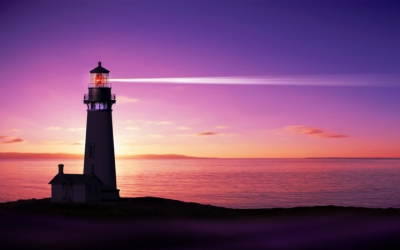
If you have ever visited a coastal place during one of your holidays, chances are that one of your stops would have included a trip to a lighthouse. While there are numerous lighthouses that dot the various coastlines around the world, the role they play in maritime safety in the 21st Century has drastically changed from what it was before.
Lighthouses — those towers with bright lights located at important or dangerous Locations – have traditionally played the role of saying either that there is danger ahead, or that it is safe to come a particular way. Lighthouses located on rocky cliffs and sandy shoals do the former, while those at harbours and bays welcome mariners.
Even though lighthouses still do this duty of providing a guiding light to those travelling in waters, their role has been largely minimised due to the advent of better technology. The Global Positioning System (GPS), improved nautical charts and navigational aids, along with radar beacons and other navigation tools allow present-day mariners to move from one place to another safely, manoeuvring clear of the dangerous areas.
Apart from their limited role in navigation, lighthouses are now tourist destinations, even if they are defunct. With electronic aids to navigation dominating maritime safety, the question might well be how much longer the functioning lighthouses will continue to shine light.
Picture Credit : Google




